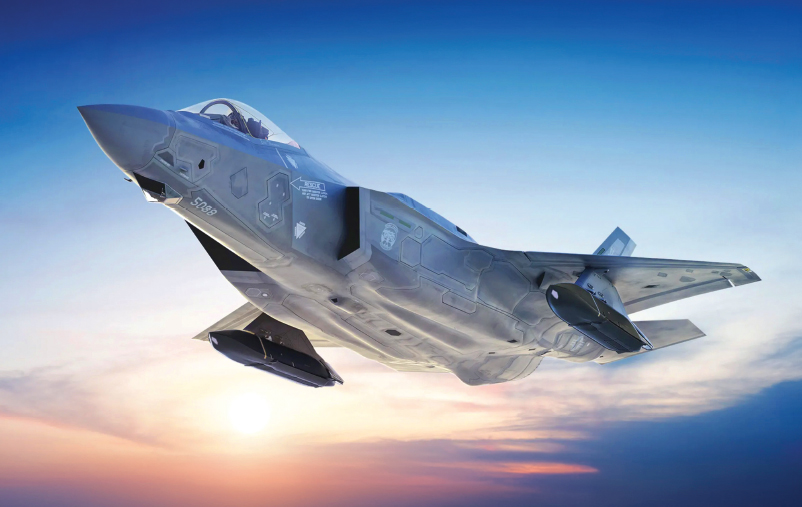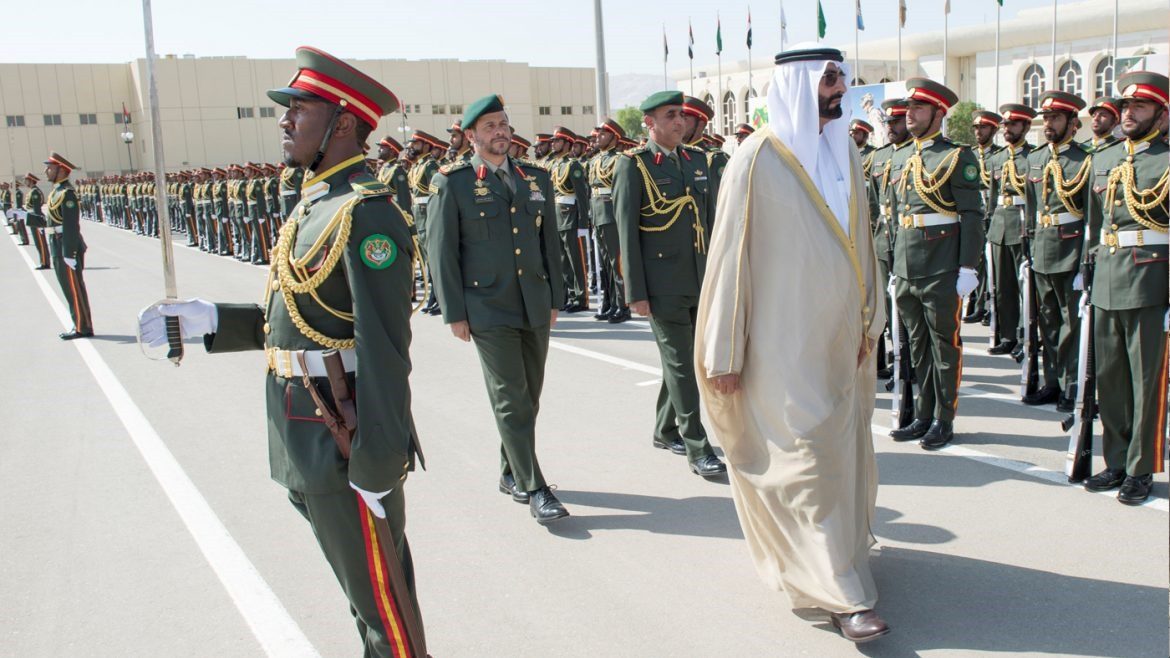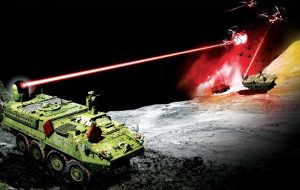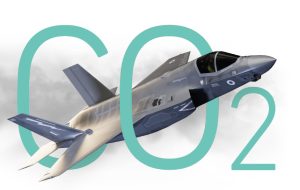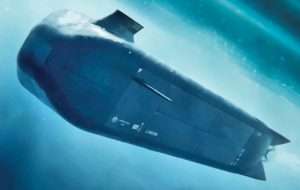On May 29, 2024, an F-35 aircraft crashed and caught fire shortly after takeoff near an airbase in Albuquerque, New Mexico. The pilot was hospitalised in critical condition after ejecting with a parachute.
Just a few days later, on June 3, 2024, Japanese media reported that two Japanese F-35A fighter jets made an emergency landing at a commercial airport in northern Japan due to an unspecified mechanical issue.
Prior to these incidents, approximately 30 F-35 crashes had been recorded, according to the American Aviation Safety Network, with the first in February 2013 and the latest in September 2023. These incidents span all three fighter jet variants: F-35A, F-35B, and F-35C.
Another significant issue with the F-35 is its high maintenance cost. An independent congressional oversight body reported that the US Department of Defense could only use 51% of its F-35 fleet due to significant maintenance problems, despite the Pentagon’s target usage rate of 85% to 90%.
This analysis will highlight the major technical flaws of the latest American fighter jet and the ongoing debate about its effectiveness, particularly in light of indications that the aircraft is not entirely stealthy against enemy air defence systems.
High Production Cost
The production cost of a single F-35 is estimated at around $100 million, which presents a significant problem. The F-35 program was initially developed in the 1990s to produce thousands of new fighters to replace all existing tactical aircraft in the Air Force, Navy, and Marine Corps inventories. The US Air Force requires about 1,800 of these fighters to replace its ageing fleet of F-16s and A-10s.
Fifteen years after the first flight of the F-35, the Air Force only has 250 of these fighters. Notably, the Air Force halted the production of the fifth-generation F-22 after manufacturing only 195 units. One of the goals behind this was to produce a new fifth-generation fighter that was less expensive and lighter, which was reflected in the F-35 project. However, the F-35 has failed to meet these goals due to the increasing complexity of its technology and high costs.
A report titled “Defense Acquisitions: Observations on the F-35 Fighter Jet and the Air Force’s Advanced Battle Management System” by the US Government Accountability Office noted that “the F-35 is the Department of Defense’s largest acquisition program in terms of cost in US military history, with total acquisition costs expected to exceed $406 billion to develop and purchase more than 2,400 aircraft through by 2044.”
Maintenance Costs
The US government does not control the data rights for the F-35 fighter program, and military branches cannot access the technical data required for many maintenance tasks. Additionally, the government cannot grant other companies access to this technical information.
As a result, Lockheed Martin monopolises the lucrative maintenance contracts. This lack of data access was not an oversight but a deliberate decision based on a doctrine that places the company as the “responsible party for overall system performance.” Consequently, the US government effectively relinquished its maintenance responsibilities to Lockheed Martin.
This arrangement provided no incentive for the company to design simple, easy-to-maintain weapons, as their business model relies on long-term maintenance contracts for their products, generating substantial profits.
In 2021, Pentagon officials awarded Lockheed Martin up to $6.6 billion to support the F-35 fleet for two years, until 2023. These contracts will grow as more F-35s are produced for the US military. The US government estimates that the “sustainment costs for the F-35 program to operate and maintain the fleet over the next 52 years will amount to $1.12 trillion.”
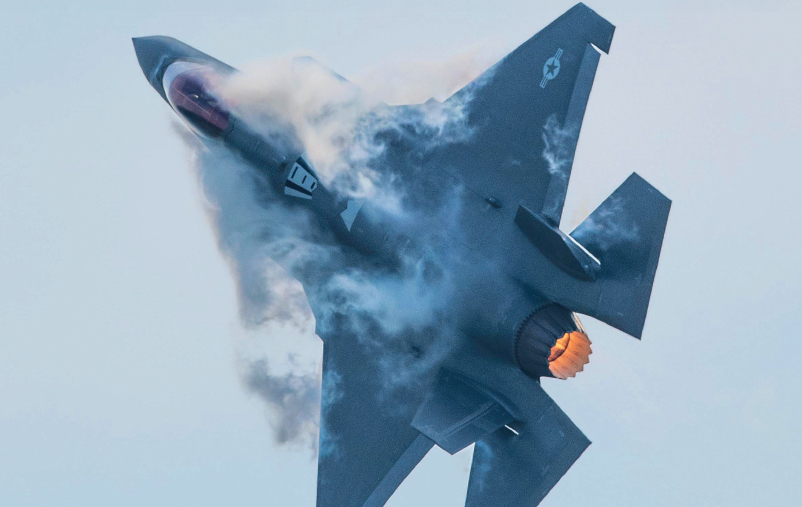
Technical Issues Without Satisfactory Solutions
In a December 2019 statement, the F-35 Joint Program Office confirmed that the fifth-generation American fighter jet has a problem that could damage its tail section if it continues to fly at supersonic speeds. This limitation means that at very high altitudes, the US Navy and Marine Corps versions of the F-35, the F-35C, can only fly at supersonic speeds for short periods before risking structural damage and losing their stealth capability.
This problem makes supersonic interceptions potentially impossible for the aircraft. This defect has been classified as one that will not be fixed; instead, operational parameters will be adjusted, imposing a time limit on supersonic flight.
Consequently, F-35B and F-35C fifth-generation fighter pilots must adhere to speed restrictions to avoid damaging the aircraft’s structure or stealth coating.
The F-35C is limited to flying at Mach 1.3 for no more than 50 cumulative seconds, while the F-35B is restricted to flying at Mach 1.2 for 80 cumulative seconds or 40 seconds at Mach 1.3.
This limitation prevents the F-35C from reaching its optimal speed of Mach 1.44, needed to launch beyond-visual-range missiles with a range of over 37 kilometres.
Prototype Under Development
The F-35 fighter jet did not reach its full operational capability until early 2024, as it still requires updates and modifications, including a new engine.
Some military experts believe that “every F-35 built so far is nothing more than an expensive prototype. The units already produced will need costly updates in the future when the design is finalised to bring them closer to full combat standards.”
This view is supported by the manufacturer’s announcement that the number of critical technical deficiencies is slowly decreasing, dropping from 11 in January 2021 to 7 in July of the same year.
These deficiencies have not been disclosed due to their operational sensitivity, which could jeopardise the countries that own the fighter jet.
Some of the seven existing technical problems fall under category “1B,” which significantly impact mission readiness, while others are classified as “1A,” potentially endangering the pilot’s life.
The report highlighted that the main causes of critical malfunctions were software performance instability, technical issues with the aircraft, the plane’s memory device, the backup flight display, and the refuelling door. The repair times for “critical malfunctions” were double the operational requirements for the Air Force, approximately triple the requirement for the Marine Corps, and more than double that of the Navy.
There is little confidence that solving the software stability issue will be quick or easy. General Schmidt informed the House Armed Services Subcommittee on Tactical Air and Land Forces in December 2023 that “the data suggests a software fix by mid-spring 2024.” However, this did not happen, and Schmidt acknowledged possible delays, stating that “he could not guarantee the problem would be fully resolved by that date.”
Updates were initially expected in June 2023 but were postponed to March-June 2024, yet the manufacturer failed to complete the software development by this new deadline.
In May 2024, the Government Accountability Office reported that software issues with the F-35 persisted, with some pilots needing to reboot radar and electronic warfare systems mid-flight to restore functionality.
As of now, 60 American F-35 “Block 15” models manufactured in 2023, along with those built in the first half of 2024, have been put into storage, awaiting the readiness of the “third generation of technological updates” (TR-3), which include upgrades to the fighter’s hardware and software. Older fighters may be stored, pending the third-generation updates, expected to be implemented between July and September 2024. However, it should be noted that the third-generation technological updates will be released in two separate phases under the new plan.
The first update is the trial version, designated (P0140), intended for training aircraft only. The final version with full combat capability (P0240) should be completed within a year to 18 months, assuming they receive a “bug-free trial version from the first attempt” without needing subsequent incremental software releases to test and implement critical fixes identified in the trial version.
Consequently, there is no “fixed” timeline, as each additional trial version will introduce delays ranging from two to six weeks.
Decline in Operational Efficiency
The F-35 Lightning II jets are mission-ready only slightly more than half the time due to maintenance and repair issues, according to a report from the Government Accountability Office (GAO), an independent, non-partisan agency working for Congress.
The report stated that the “mission-capable rate” of the stealth fighter fleet, or the percentage of time the aircraft can perform an assigned mission, was around 55% in March 2023, far below the target set for the aircraft.
This shortfall is due to several reasons, including heavy reliance on contractors, insufficient funding, inadequate training, lack of technical repair data, and shortages of spare parts, all affecting the aircraft’s ability to meet expected performance.
The fighter jet only transitioned from partial to full production in March 2024, nearly twenty years after development began, doubling the initial ten-year development period. This transition signifies, from the Pentagon’s perspective, that the aircraft now possesses stable technology and systems, implying that older versions will receive updates to match newly produced models. However, previous reports of ongoing update issues may contradict this optimistic view held by the Pentagon.
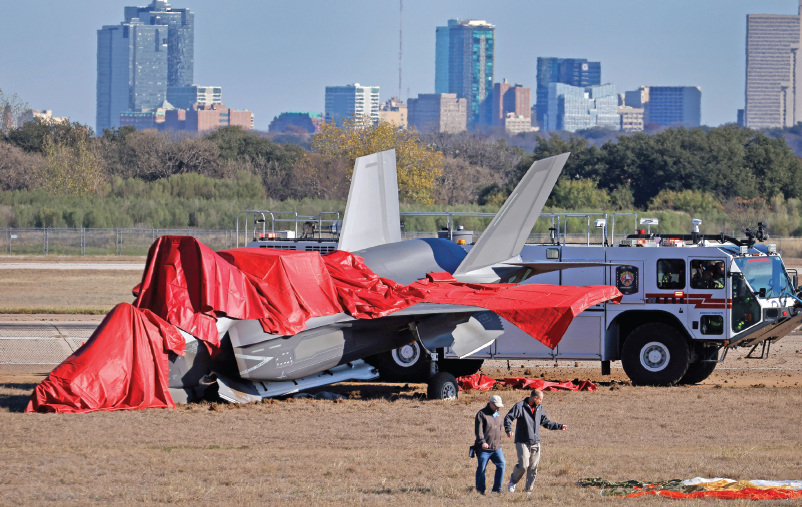
Operational Performance Issues
According to US Air Force estimates, a Russian-made S-400 air defence system can detect the F-35 at a distance of 20 miles. In May 2019, acting US Assistant Secretary of Defense Catherine Wilbarger confirmed that the Russian S-400 is designed to shoot down fighters like the F-35.
In theory, the range of the missiles carried by the American fighter allows it to destroy the S-400 before being detected by the Russian air defence radar, but this has not been tested.
Moreover, Turkish forces have used their S-400 system to detect American fifth-generation fighters, the F-35 and F-22, with satisfactory results reported by Ankara. The more advanced Russian air defence system, the S-500, can easily detect and track American fifth-generation fighters, with a detection range of up to 600 kilometres (373 miles).
This long-range capability allows the system to identify and track targets long before they enter the engagement zone, providing a significant tactical advantage.
Moreover, the radar can operate in multiple modes, including simultaneous tracking and engagement, ensuring continuous coverage and rapid response to emerging threats.
In early 2024, reports surfaced of an encounter over the Baltic Sea between an Italian pilot flying an F-35 and a Russian pilot flying a Su-30SM, where the latter managed to jam the American fighter’s electronic warfare systems using the Khibiny electronic warfare system, requiring the Italian pilot to reboot the F-35’s electronic warfare system multiple times to restore functionality. These examples reveal that the American fighter is not entirely stealthy and can be intercepted through air defence systems or electronic jamming.
Despite these challenges, the United States is not expected to abandon the F-35 due to several factors, including the two decades invested in developing the fighter.
Moreover, despite its technical flaws and reduced stealth capabilities, given the Russian military’s ability to detect it, this aircraft, like other fifth-generation fighters, will be essential for developing sixth-generation fighters.
This new generation of fighters will rely on fifth-generation jets to control and direct several drones for reconnaissance or intercepting enemy missiles to protect the primary fighter.
Therefore, Washington is expected to continue relying on this fighter, even though it is arguably the most expensive American defence project and still faces significant technical challenges, as evidenced by the numerous incidents involving the fighter.●
By: Dr Shadi Abdelwahab (Associate Professor at the National Defence College)


